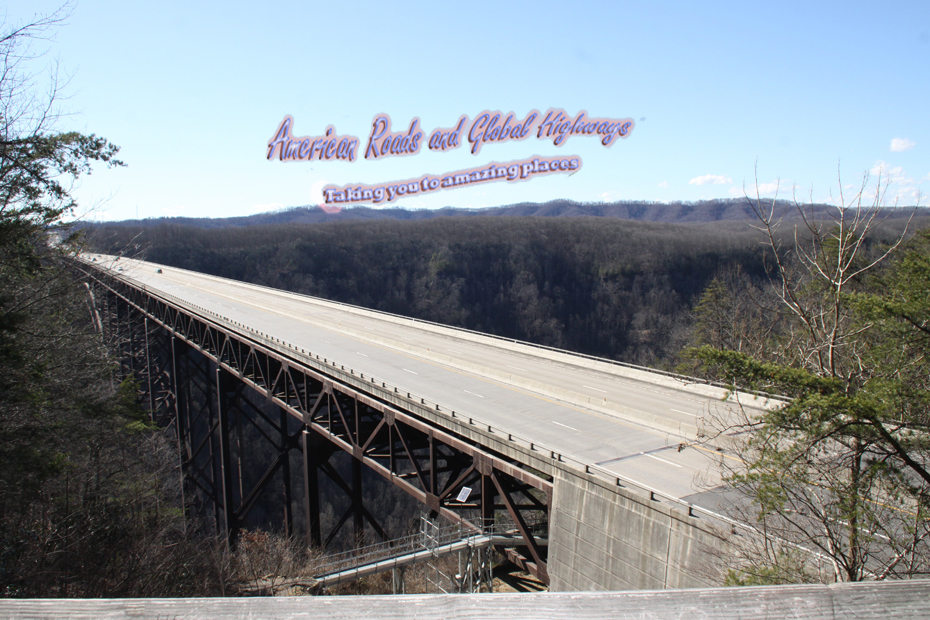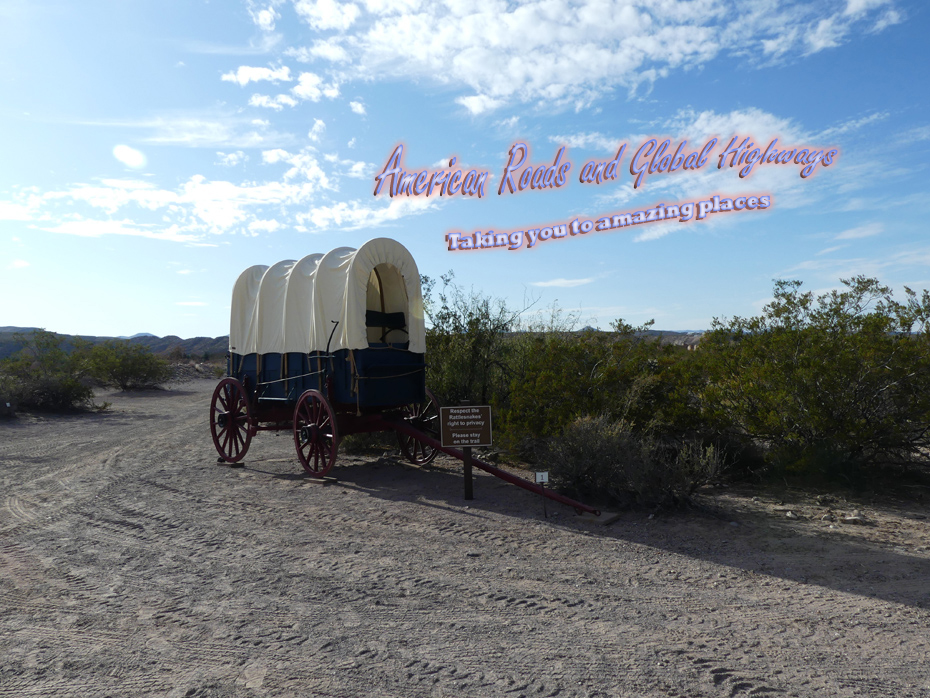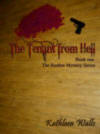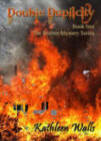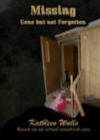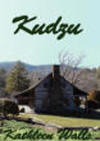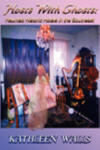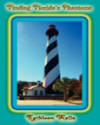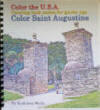
Auburn, New York: The Spirit of Tubman
Renée S. Gordon

Harriet Tubman was born 200-years ago in Maryland and embarked
on an extraordinary journey that continues to resonate
throughout US history. Her story serves as an example of
courage and perseverance against seemingly insurmountable odds.
She employed her uncanny ability to conquer any situation
functioning as an Underground Railroad conductor, abolitionist,
lecturer, suffragist field nurse, Union spy and scout, and in
1863, leader of a Union raid resulting in the destruction of
Confederate supplies and the liberation of hundreds of the
enslaved. Barely 5-feet tall, this exceptional woman was unable
to read and write, suffered from chronic illness and pain and
yet managed to leave an indelible mark on our collective
consciousness.
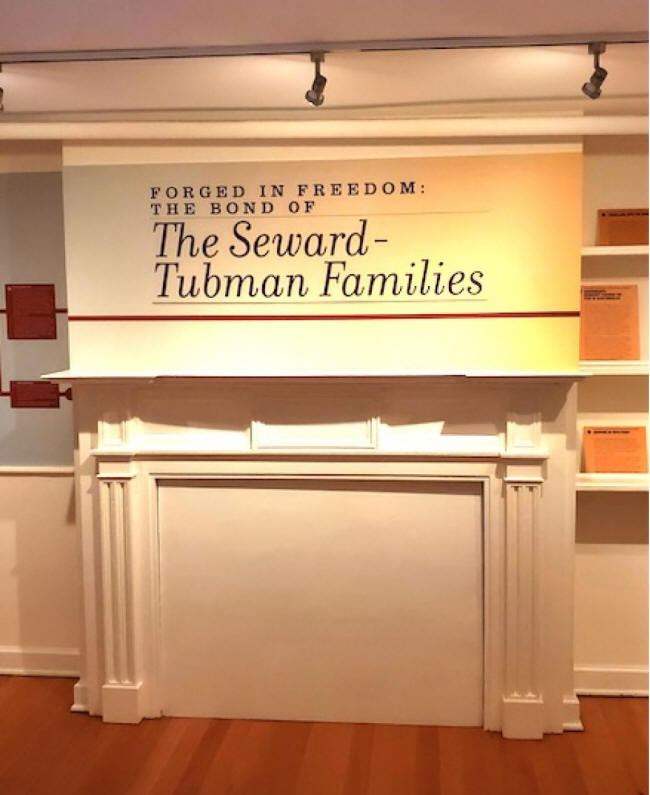
This year marks the bicentennial of the iconic Harriet Tubman
and her legacy will be honored throughout the year in a number
of locations. This is an opportune time to find other aspects
of Harriet Tubman’s life and the perfect place to accomplish
this is in
Auburn, New York. She chose to live in Auburn for
more than 50-years, established a permanent residence, marry
and be buried here. She became familiar with central NY as she
followed established UGRR routes to Canada
and found supportive
local abolitionists to provided safe haven and financed her work.
Here you can literally follow her path and visit spaces that
were meaningful to her and her work. Tubman became a resident
of Auburn in 1857 and in 1858 she moved her parents here from
Canada where she had settled them after their escape.

Senator William Seward and his wife Francis Seward were friends
and confidants of Tubman’s. Their 1816 Federal Mansion is the
first “safe” house freedom seekers reached after traveling
through town. Seward, Lincoln’s Secretary of State and victim
of
Booth’s assassination plot, hosted countless visitors, Webster,
Clay, Custer, Douglass, Grant, and fugitive slaves. Doubtless
the constant stream of guests was cover for the UGRR station
that Francis ran in the rear of the house.



A guided tour of the 30-room Seward House and Museum, where
Tubman and Douglass were guests, provides a window into the
era. Ninety-nine percent of the furnishings and personal
effects are original and intact. Highlights of a tour are the
Seward’s library, portraits of mid-1800s’ diplomats, a
mantelpiece carved by Brigham Young, and a magnificent spiral
staircase.
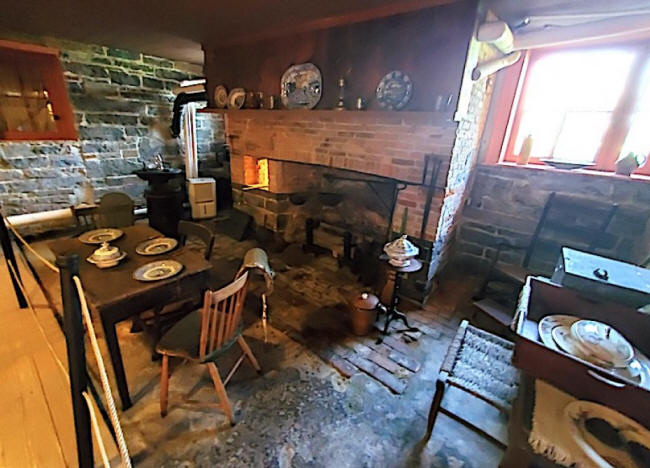

The basement kitchen interprets the slave experience and
Francis’ work as a stationmaster. The kitchen is fully
outfitted and visitors can see spaces that were used by
escapees. A room above a shed was also used as a hiding space.
Displays, artifacts and informational panels help you to more
fully understand.


Adjacent to the Seward House Museum is the New York State
Equal Rights Heritage
Center. Visits should begin in the courtyard where a bronze
sculpture of Harriet Tubman stands. This unique, interactive
center provides an introduction to people of moral conviction
from all eras through their words, videos and listening
stations. The primary exhibit is "Seeing Equal Rights in NYS".

Springside Inn is
situated on the western shore of Owasco Lake and it is believed
that Tubman secreted fugitives in the forested area on Galpin
Hill near the inn and the 1851 inn itself may have been an UGRR
station. Today the terrain looks much the same. The inn offers
luxurious accommodations featuring a host of amenities
including continental breakfast.
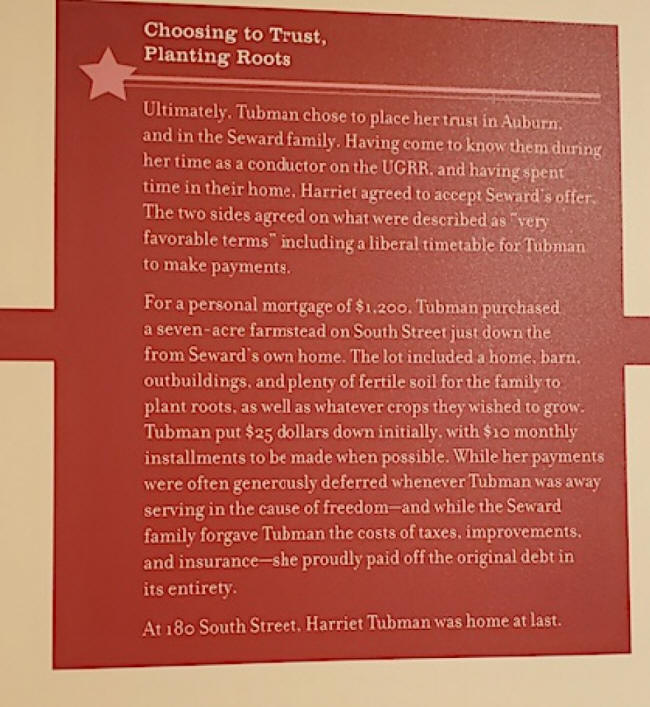


Harriet settled in Canada but it was a letter from Seward that
induced her to return to
her “own country”. She returned in 1857 and the Seward’s sold
her a $1200 ($39,000) property upon which to build a home. The
complex currently consists of a visitor center, her home and
the Harriet Tubman Home for the Aged of the Colored Race.
Orientation is given in the Visitor Center and tours of the
Home for the Aged are offered. The Home features a bed used by
Harriet. There are also family donated furnishings.
After the war black people made the trip to Auburn in hopes of
receiving help from Harriet. She was nearly penniless but
always found a way to assist them. She met Nelson Davis, a
black ex-Union soldier and married him in 1869. Westminster
Presbyterian Church was the site of their marriage. The
congregation at the time was abolitionist. He was 22-years her
junior and was a brick maker. He died in 1888 and she collected
his monthly $8.00 ($240) pension.

Harriet died of pneumonia in 1913 surrounded by her loved ones
in her Home for the Aged. She was buried in Auburn’s Fort Hill
Cemetery with full military honors. The Seward family plot is
also located in Fort Hill as is the gravesite of Margaret
Stewart who may have been Harriet’s daughter.

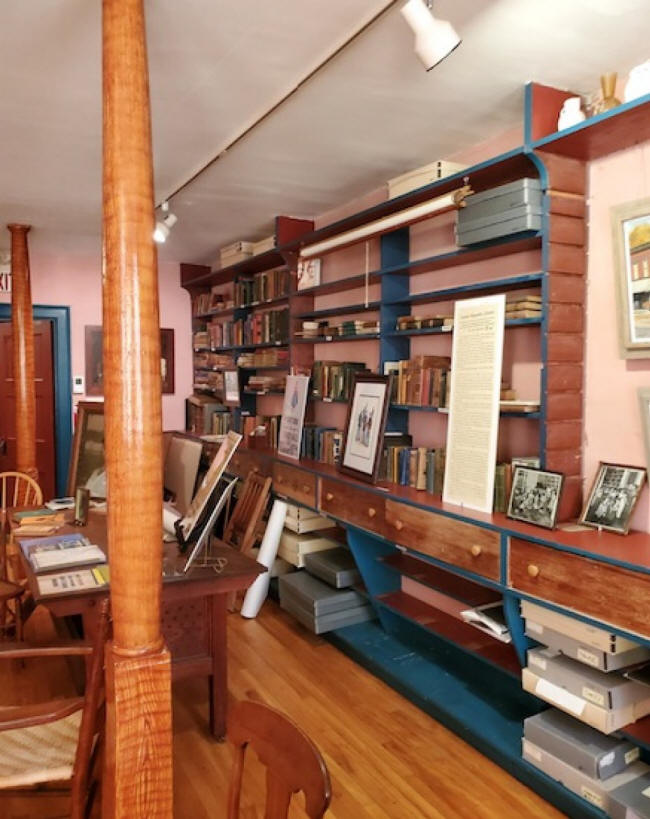
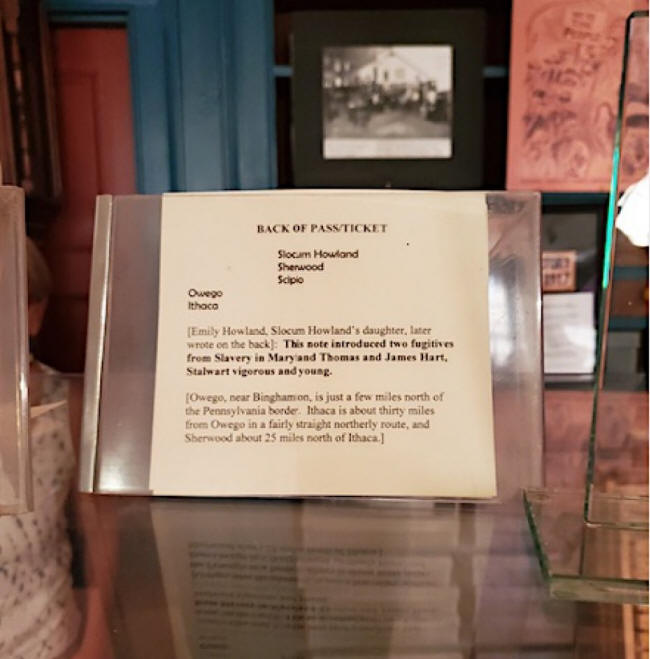
A short drive to Aurora, NY will take you to the 1837
cobblestone Howland
Store. Emily Howland, Harriet’s friend, lived here. The
museum store is rife with artifacts and memorabilia but two
items from the store are unique. Showcased on a counter is an
original, handwritten UGRR pass, the only one I have ever seen.
The “new” photograph of a young Harriet was recently located in
Emily Howland’s photo album.
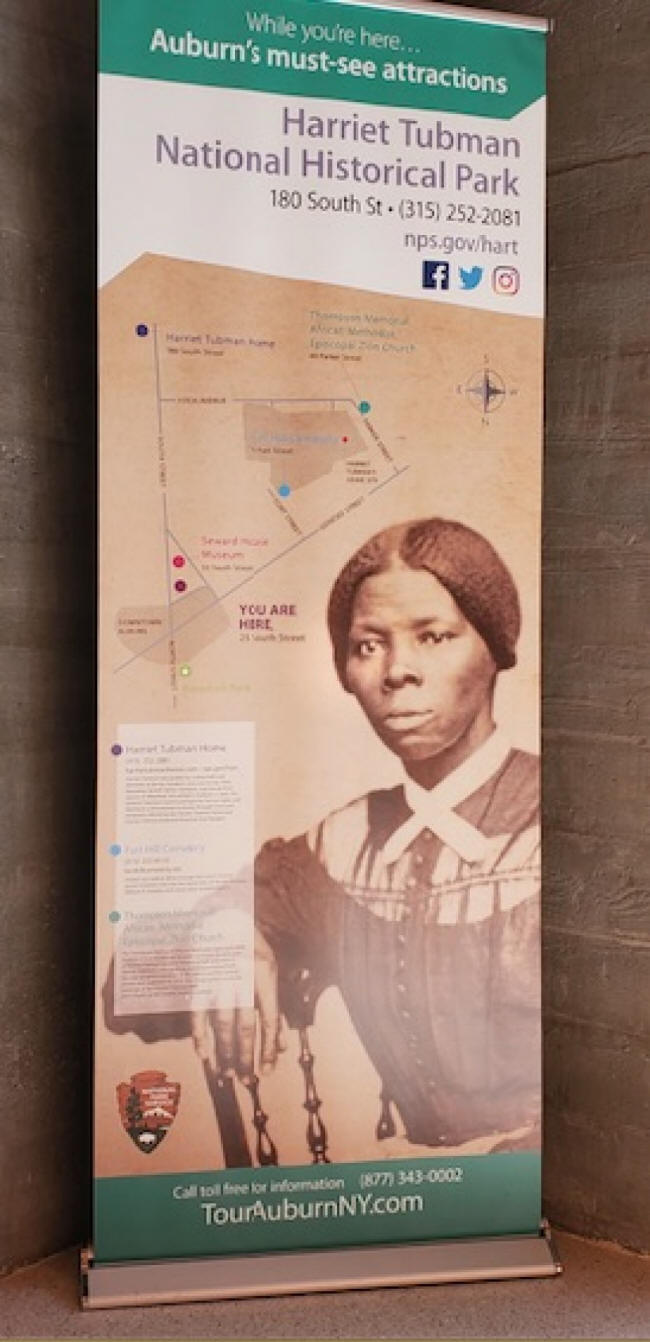
Harriet Tubman Bicentennial events
are scheduled to launch in February and continue through
September. Visitors are encouraged to follow the Harriet Tubman
Lantern Trail to visit all the sites connected with her life as
a free woman in Auburn.
The menu of events and activities is ever evolving and current
information can be found at

Iconic figures can fall short of our personal expectations. Visit Auburn, NY and be
infused with Tubman’s spirit and better understand the life of
one whose daily life reflected a dedication to a life of
service.







